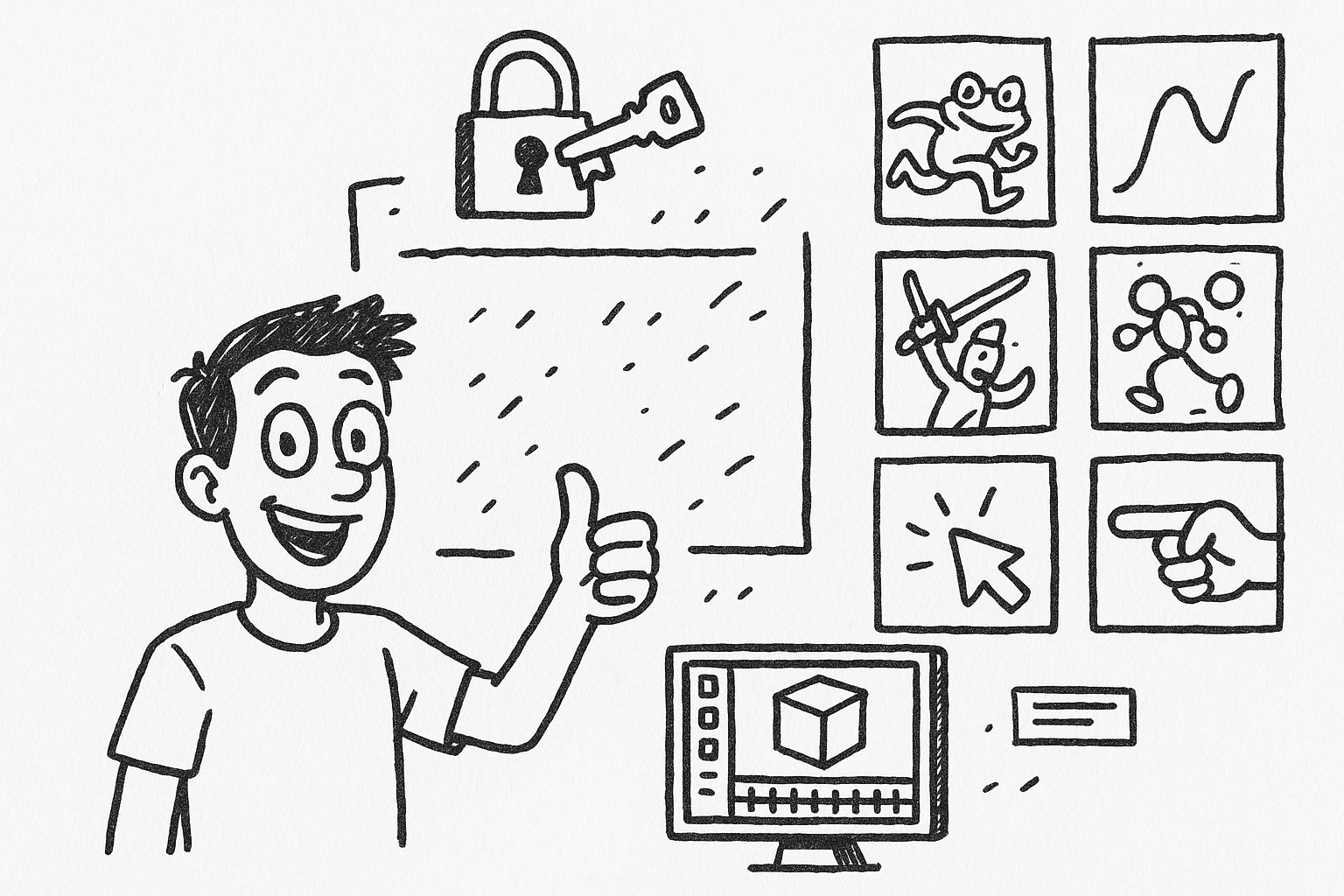Your Cart is Empty
Customer Testimonials
-
"Great customer service. The folks at Novedge were super helpful in navigating a somewhat complicated order including software upgrades and serial numbers in various stages of inactivity. They were friendly and helpful throughout the process.."
Ruben Ruckmark
"Quick & very helpful. We have been using Novedge for years and are very happy with their quick service when we need to make a purchase and excellent support resolving any issues."
Will Woodson
"Scott is the best. He reminds me about subscriptions dates, guides me in the correct direction for updates. He always responds promptly to me. He is literally the reason I continue to work with Novedge and will do so in the future."
Edward Mchugh
"Calvin Lok is “the man”. After my purchase of Sketchup 2021, he called me and provided step-by-step instructions to ease me through difficulties I was having with the setup of my new software."
Mike Borzage
Rhino 3D Tip: Enhance Your Rhino 3D Workflow with Mastery of Array Commands
October 19, 2024 2 min read

In the realm of Rhino 3D modeling, the array commands stand as powerful tools for creating patterns and repetitions with precision and efficiency. Whether you're working on architectural elements, product designs, or complex artistic forms, understanding how to harness the power of Rhino's array commands can significantly enhance your workflow and broaden your design possibilities. Here's a comprehensive look at how you can effectively use these commands:
- Types of Array Commands:
- ArrayLinear: Create linear patterns by specifying the number of items and the distance between them. Useful for evenly spaced elements along a straight path.
- ArrayPolar: Arrange objects around a central point, perfect for radial designs and circular patterns.
- ArrayCrv: Distribute objects along a curve, allowing for organic and flowing designs.
- ArraySrf: Place objects across a surface, ideal for applying textures or patterns to complex shapes.
- ArrayLinear Command:
- Use this command for creating repetitive elements along a straight line, such as columns or steps.
- Specify the number of copies and the spacing between them, allowing for precise control over the distribution of elements.
- ArrayPolar Command:
- Perfect for arranging objects around a central point, such as gears or spokes on a wheel.
- Define the center point and the number of items to create symmetrical radial patterns.
- ArrayCrv Command:
- Distribute objects along a curve for dynamic and organic patterns.
- Adjust the distribution method (by number or spacing) to achieve the desired effect.
- ArraySrf Command:
- Apply objects onto a surface, following its contours and curvature.
- Useful for creating patterns on complex surfaces like facades or sculpture skins.
- Best Practices:
- Ensure objects are properly oriented before starting the array to maintain design consistency.
- Use reference points and guides to aid in precise placement and alignment.
- Experiment with different spacing and angles to achieve unique patterns and effects.
You can find all the Rhino products on the NOVEDGE web site at this page.
Also in Design News

Unlocking Advanced Animation Techniques: Five Studio-Proven Tricks to Elevate Your 3ds Max Workflow
August 30, 2025 6 min read
Read More
Harnessing Advanced Simulation Tools in Virtual Prototyping for Enhanced Design Efficiency and Innovation
August 30, 2025 9 min read
Read More
Cinema 4D Tip: Enhancing Workflow Efficiency with Cinema 4D's Mesh Deformer for Complex Deformations
August 30, 2025 3 min read
Read MoreSubscribe
Sign up to get the latest on sales, new releases and more …


